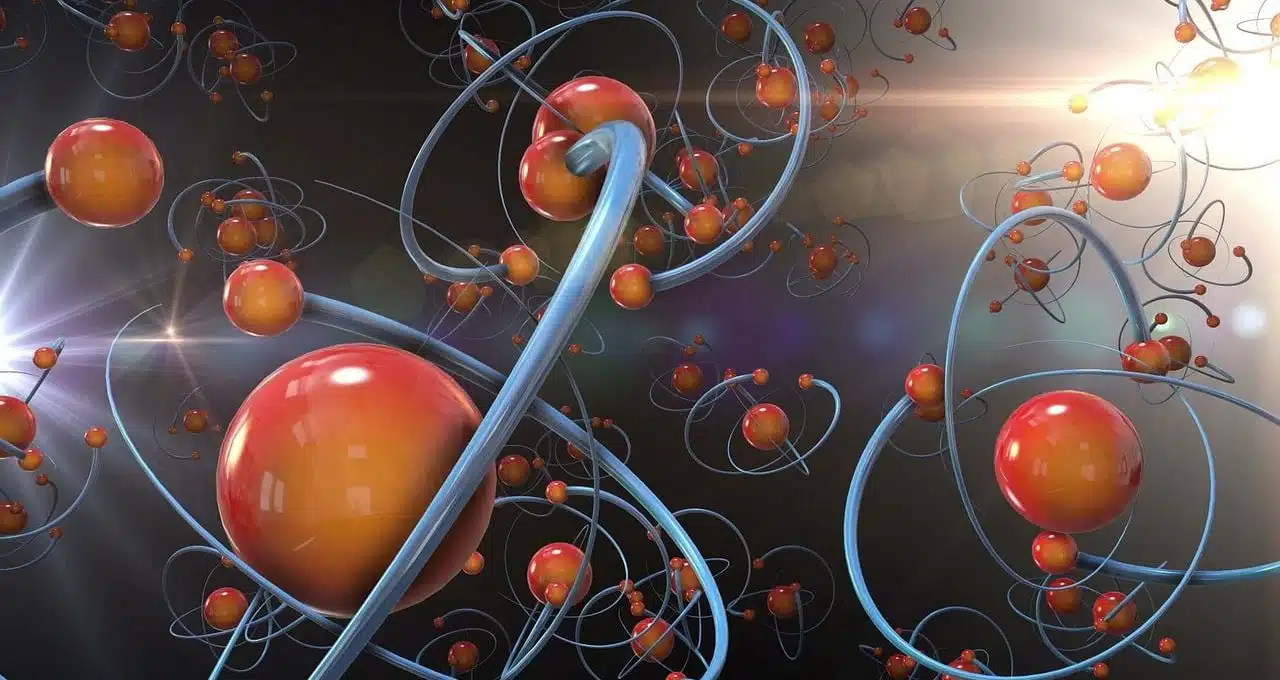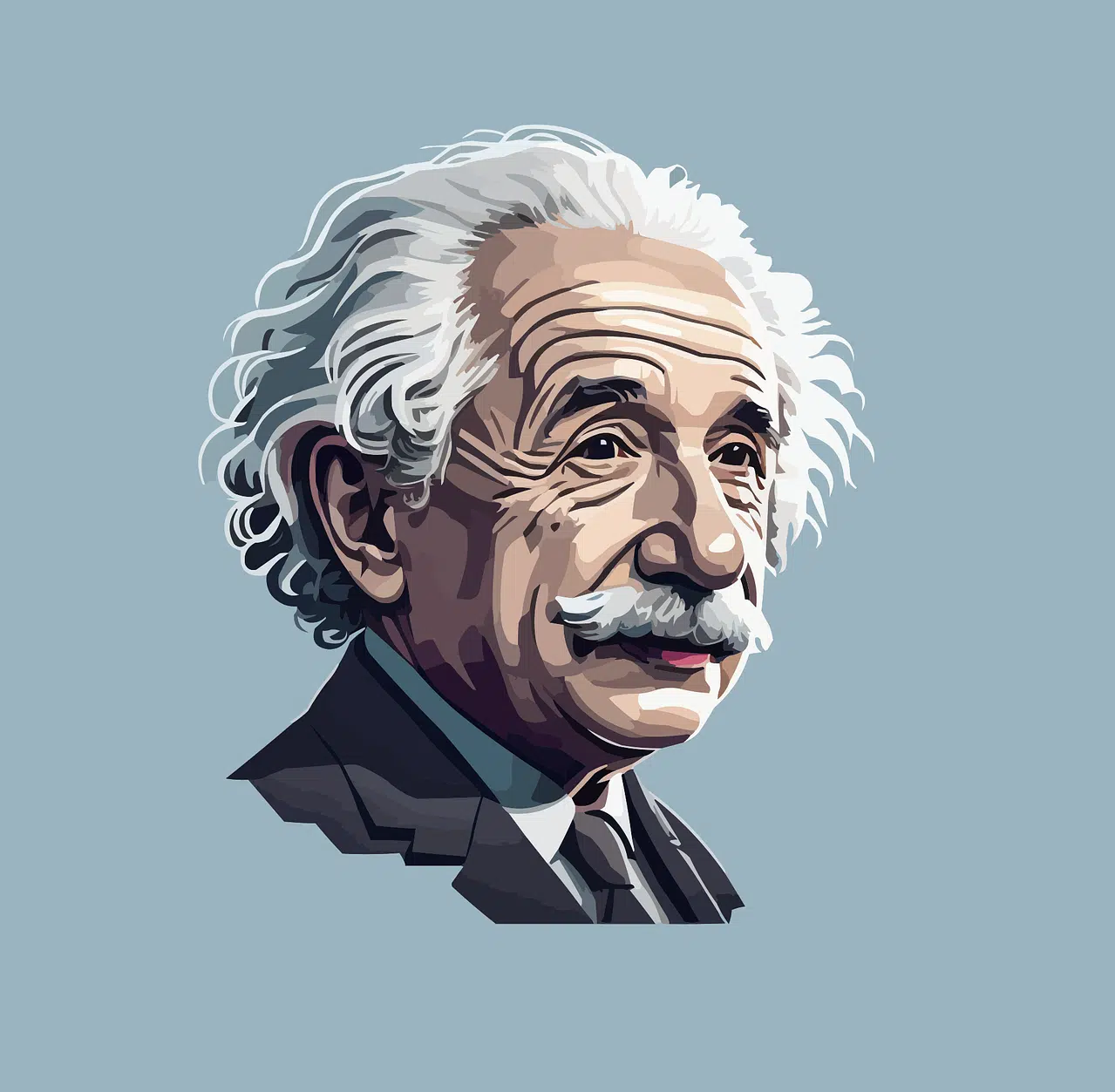
A theory of everything would allow us to explain how the fundamental forces of physics work and interact without any incompatibilities.
The theory of everything is a theoretical development that would provide an explanation of the fundamental interactions of physics and the laws that govern the functioning of the universe. The concept is frequently used in quantum mechanics and particle physics .
According to the knowledge currently available, it is not possible to unify general relativity with the principles of quantum . This is a problem since both postulates are intertwined in the Big Bang theory and what is known about black holes , for example. That is why physics aims to arrive at a theory of everything that reconciles both schemes.
Origin of the theory of everything
The origin of the theory of everything dates back to the 17th century , when Isaac Newton began to analyze gravity . The British scientist managed to describe the main physical phenomena in what is now known as Newton's laws .
Although at the time it was considered that these laws explained gravity accurately, over time it was realized that the work was not complete. Only in 1915 was progress made with firm steps in this regard thanks to Albert Einstein and his theory of general relativity (which generalized the principle of relativity and the theory of special relativity ).
Einstein maintained the existence of space-time and alluded to its curvature . This vision expanded the understanding of the universe , but it also did not allow us to specify a theory of everything. While Newton's laws do not explain what happens to objects that move very fast or are very massive, Einstein 's theory does not explain exactly what happens at the smallest levels: elementary particles such as protons , neutrons , electrons , quarks , neutrinos , leptons , bosons and fermions .
The problem is that the laws that govern subatomic particles are different from those that govern the largest elements in the universe; Furthermore, these laws are not predictable. Quantum mechanics or physics is the branch of physics that focuses on these issues.
What is intended with a theory of everything, in short, is to unite and make compatible the theory of general relativity with quantum mechanics . Although this has not yet been achieved, various attempts have been made.

Albert Einstein was one of the scientists who sought to develop a theory of everything.
The fundamental forces
Physics considers that there are four fundamental forces , which cannot be explained from simpler or more basic ones: the gravitational interaction or gravity , the electromagnetic force , the strong nuclear force and the weak nuclear force .
Gravitational interaction is the attraction that occurs between bodies. The electromagnetic force , meanwhile, promotes the chemical and physical transformations of atoms and molecules and is supported by electrical charges.
The strong nuclear force , on the other hand, is one that preserves the union of the components of the nuclei of atoms, while the weak nuclear force causes the beta decay of neutrons.
Scientists currently believe that these four fundamental forces could actually be different manifestations of a single mode of interaction . Theories that indicate that at least two of these forces are identical are included under the expression of unified field theory .
A theory of everything, as we already indicated, would integrate the four fundamental forces without conflict. An advance in this sense was string theory , which states that subatomic particles are vibrational states of an object called a filament or string .
This means that a string, depending on how it vibrates, can appear as a quark, an electron or another particle already recognized in the standard model of physics .

The aim is to arrive at a theory of everything that unites the theory of general relativity with quantum mechanics.
One theory of everything: M theory
M-theory is a probable theory of everything proposed by American Edward Witten in the 1990s . To arrive at it, he started from string theory and its successive extensions.
String theory understands that elementary objects are not point particles, but extended elements that can be named strings . The strings move in a space-time of at least ten dimensions.
Superstring theory , in turn, allowed us to go one step further by incorporating fermions from the combination of five different formulations of string theory and appealing to supersymmetry .
What Witten then did was combine different superstring theories with supergravity in an eleven-dimensional space-time, giving rise to M theory , which is presented as a theory of everything. One of Witten 's contributions was to incorporate objects such as p-branes and d-branes into the strings.
Scientific progress
It cannot be omitted to mention that, although there is still no theory of everything that has been demonstrated, proposals such as M-theory allow us to get closer to that claim. What must be considered is that scientific progress is a collective construction that develops throughout history.
Take the case of black holes . This spatial region was described in Einstein's equations , which indicate how the concentration of mass inside causes a gravitational field that traps radiation and particles. Later, Stephen Hawking stated that black holes could emit a type of radiation (called Hawking radiation ). Hawking therefore expanded Einstein 's theory.
In different years, physicists such as Niels Bohr , Werner Heisenberg , Paul Dirac , John Wheeler , Richard Feynman , Murray Gell-Mann and Roger Penrose , among many others, contributed with their work to making the theory of everything closer to being a reality. .
